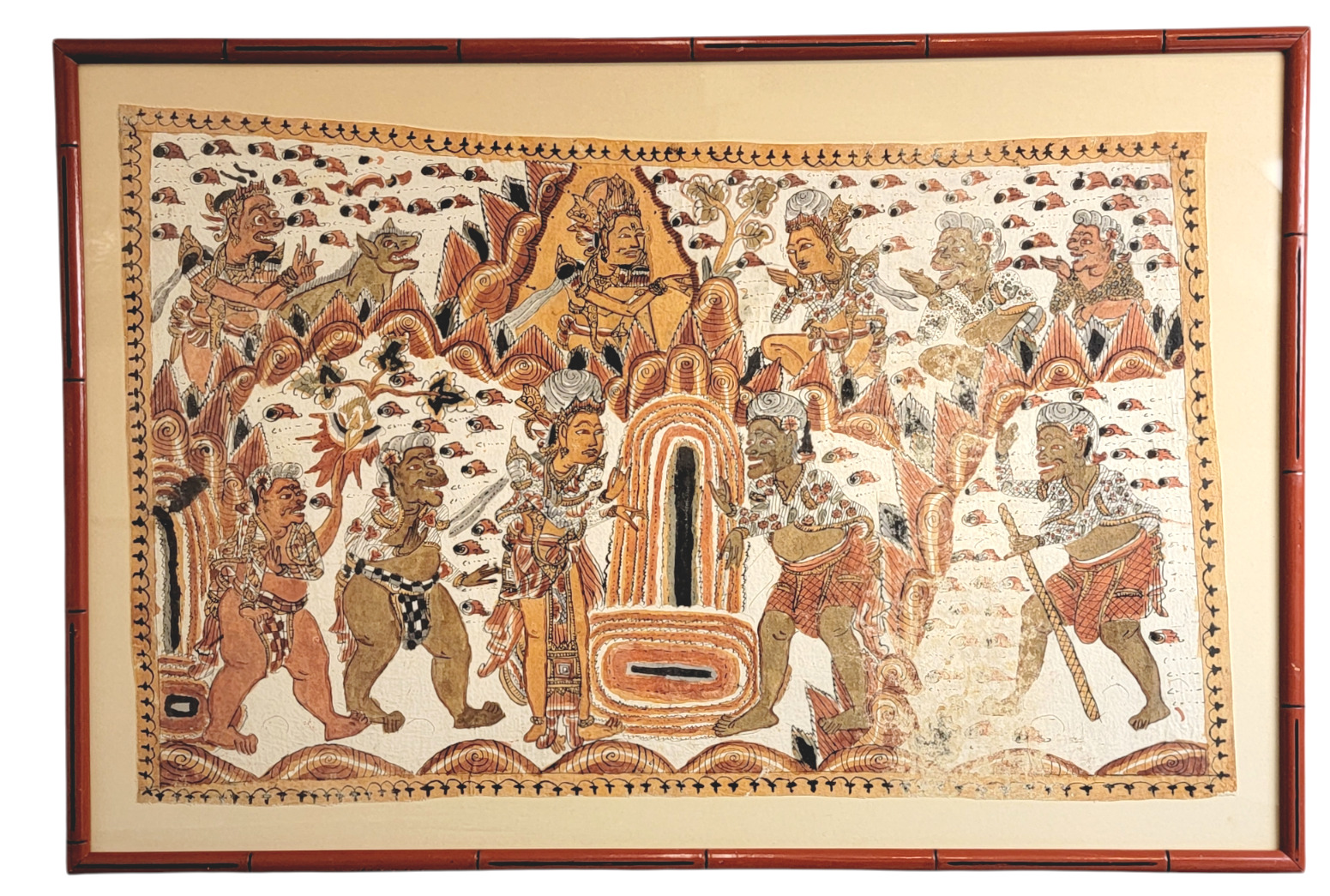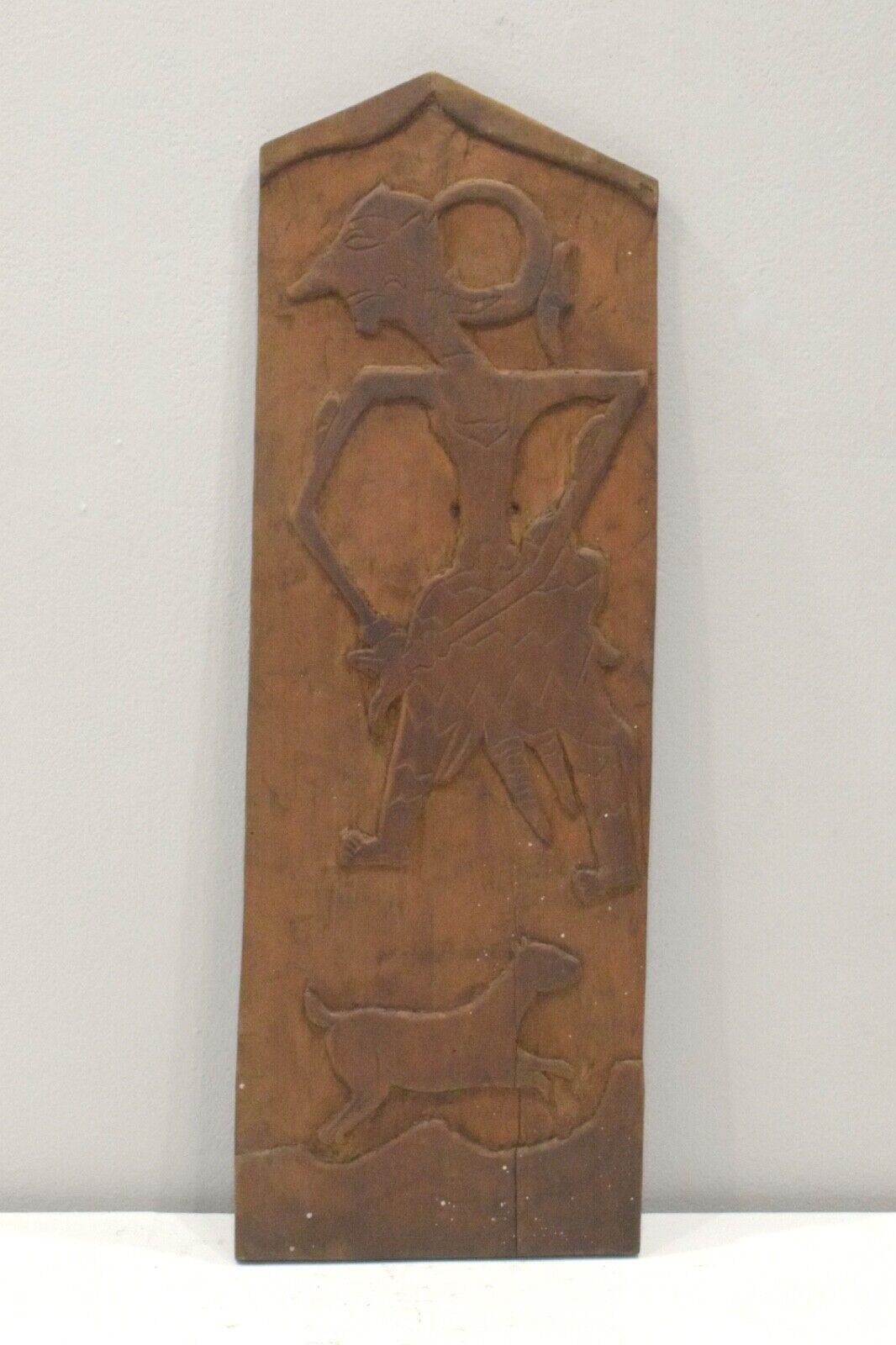-40%
SIAMESE (THAI) RAMAKIEN RAMAYAMA MANUSCRIPT 19TH CENTURY LEPORELLO
$ 18480
- Description
- Size Guide
Description
Manuscript Siamese Painting Antique Hand Colored 19th Century.***FIFTY SIX*** SPECTACULAR ORIGINAL WATERCOLORS IN ACCORDION FOLDED MANUSCRIPT MEASURING ***TWENTY FEET*** WHEN EXTENDED. WHEN FOLDED MEASURING 5" X 7".
Manuscript of the Ramakien, the Thai version of the Indian epic the Ramayana, which deals basically with the triumph of good over evil.
"The earliest story of the Ramakien originated in India. It was brought to Thailand during the reign of King Rama the First, of Bangkok."
"
The central character of the Ramakien is
Rama
, heir to the throne of Ayodhaya. Through the schemes of his stepmother, he is sent into exile for 14 years. His wife Sita and brother Lakshman go with him. They find shelter deep in the forest.
Tosakan, the demon king of Longka, develops a passion for Sita and kidnaps her. The brothers go in search of Sita, and enlist the white monkey god Hanuman to help. Working together, they form an alliance with two monkey kings, Sukrip and Chompupan, each of whom command huge armies. They march south to the coast and lay siege to the island of Longka.
The armies of Rama are victorious over each of Tosakan's champions. Finally, Rama fights Tosakan and kills him. Rama crowns Tosakan's exiled brother king of Longka and returns to Ayodhaya with Sita to assume the crown."
Pictured above are just 24 of the ***56*** spectacularly hand painted watercolor panels. Images of the 32 additional paintings can be requested.
A note on the binding:
"The leporello binding uses a parallel folding technique whereby the pages form a continuous concertina. Often called concertina or accordion binding, several lengths are pasted together to build the book's extent with the joints planned to fall discretely where the pages fold. The folded block is then bound within soft or hard covers, either as separate panels front and back or as a more conventional case with spine."
PROVENANCE: Dr. J. H. Chandler, an American missionary and an American consul to Thailand. "
Mr.
J.H. Chandler, (An American, Secretary
at
the Siamese
Foreign Office,
and
once
U.S.
Consul
at
Bangkok) (appointed) to
be the Siamese Commissioner,
and
that
Mr.
Chandler
would
at
once
put
himself
in
communication
with
Mr.
Goshorne
the
Director General
of
the
(Philadelphia 1876) Exhibition"































